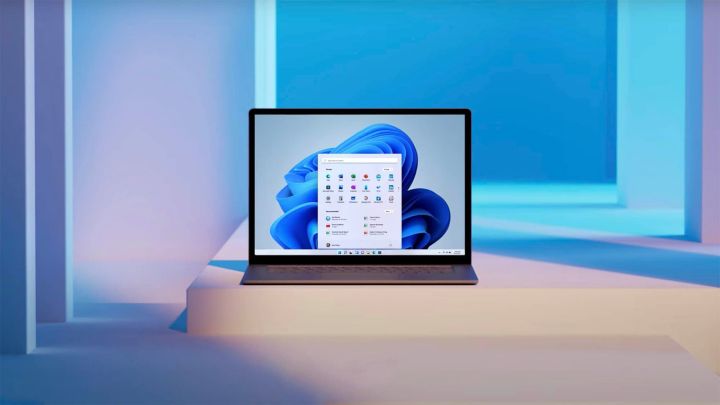Windows 11 has a lot of great features, but moving the entire taskbar to a new location is not one of them (although you can move its icons). Despite that, it’s a highly requested feature — and one that Microsoft might be about to make a reality.
According to Windows enthusiast @thebookisclosed on Twitter, a moveable taskbar is something Microsoft is at least considering, as evidenced by a video of the feature in action that was shared on the account’s Twitter page.
In the tweet, the taskbar has been repositioned to the top of the display — something not currently possible in Windows 11. While that might seem like progress to the users who have been clamoring for this, it’s clearly far from ready.
As the video shows, when a user clicks or hovers over the icons on the taskbar when it is located at the top of the display, things start to go very wrong.
For instance, clicking the Start menu icon opens the menu in the bottom-left corner of the screen, despite the icon occupying the top-center area of the display. Clicking the search box, meanwhile, launches the Windows search window at the bottom of the screen.
Not yet ready for prime time

Things are just as broken when the user clicks app icons, and in each case, the app or tool opens at the bottom of the display, despite the taskbar still being located at the top. Clicking the arrow to open the notification area, meanwhile, seemingly does nothing at all (aside from spinning the arrow icon).
The ability to move the taskbar is apparently part of Windows 11 Insider Preview Build 25309. Whether or not it rolls out to a full release is anyone’s guess, and Microsoft has previously said there were a number of challenges with implementing this feature.
Based on the current evidence, there’s still a long way to go to make it properly functional. Still, if you’ve been craving a little more customization in Windows 11, it could be something to keep an eye on.
Editors' Recommendations
- Scores of people are downgrading back to Windows 10
- Windows 11 might nag you about AI requirements soon
- You’re going to hate the latest change to Windows 11
- Windows 11 tips and tricks: 8 hidden settings you need to try
- My most anticipated laptop of the year just got leaked



